The Mobile Controlled Robots Market is currently characterized by a dynamic competitive landscape, driven by rapid technological advancements and increasing demand across various sectors, including logistics, healthcare, and manufacturing. Key players such as iRobot (US), Boston Dynamics (US), and DJI (CN) are strategically positioning themselves through innovation and partnerships. iRobot (US) focuses on enhancing its consumer robotics portfolio, while Boston Dynamics (US) emphasizes the development of advanced robotic systems for industrial applications. DJI (CN), known for its aerial drones, is expanding its offerings into ground-based mobile robots, indicating a diversification strategy that could reshape competitive dynamics in the market.
In terms of business tactics, companies are increasingly localizing manufacturing to reduce costs and enhance supply chain resilience. The market appears moderately fragmented, with a mix of established players and emerging startups. This fragmentation allows for a variety of competitive strategies, as companies leverage their unique strengths to capture market share. The collective influence of these key players is significant, as they drive innovation and set industry standards, thereby shaping the overall market structure.
In August 2025, iRobot (US) announced a partnership with a leading smart home technology firm to integrate advanced AI capabilities into its robotic vacuum cleaners. This strategic move is likely to enhance user experience and operational efficiency, positioning iRobot (US) as a frontrunner in the smart home segment. The integration of AI not only improves functionality but also aligns with the growing consumer preference for interconnected devices, potentially increasing market penetration.
In September 2025, Boston Dynamics (US) unveiled a new version of its Spot robot, designed specifically for warehouse automation. This development underscores the company's commitment to addressing the evolving needs of the logistics sector. By enhancing Spot's capabilities, Boston Dynamics (US) aims to capture a larger share of the industrial automation market, which is experiencing significant growth due to the increasing demand for efficiency and productivity in supply chain operations.
In July 2025, DJI (CN) launched a new line of ground-based mobile robots aimed at agricultural applications. This strategic expansion into agriculture reflects DJI's intent to diversify its product offerings and tap into the burgeoning agri-tech market. The introduction of these robots is expected to enhance operational efficiency in farming, thereby positioning DJI (CN) as a key player in the intersection of robotics and agriculture.
As of October 2025, current competitive trends in the Mobile Controlled Robots Market are heavily influenced by digitalization, sustainability, and AI integration. Strategic alliances are becoming increasingly important, as companies seek to leverage complementary strengths to enhance their market positions. Looking ahead, competitive differentiation is likely to evolve from traditional price-based competition to a focus on innovation, technological advancements, and supply chain reliability. This shift suggests that companies that prioritize R&D and strategic partnerships will be better positioned to thrive in an increasingly complex market.
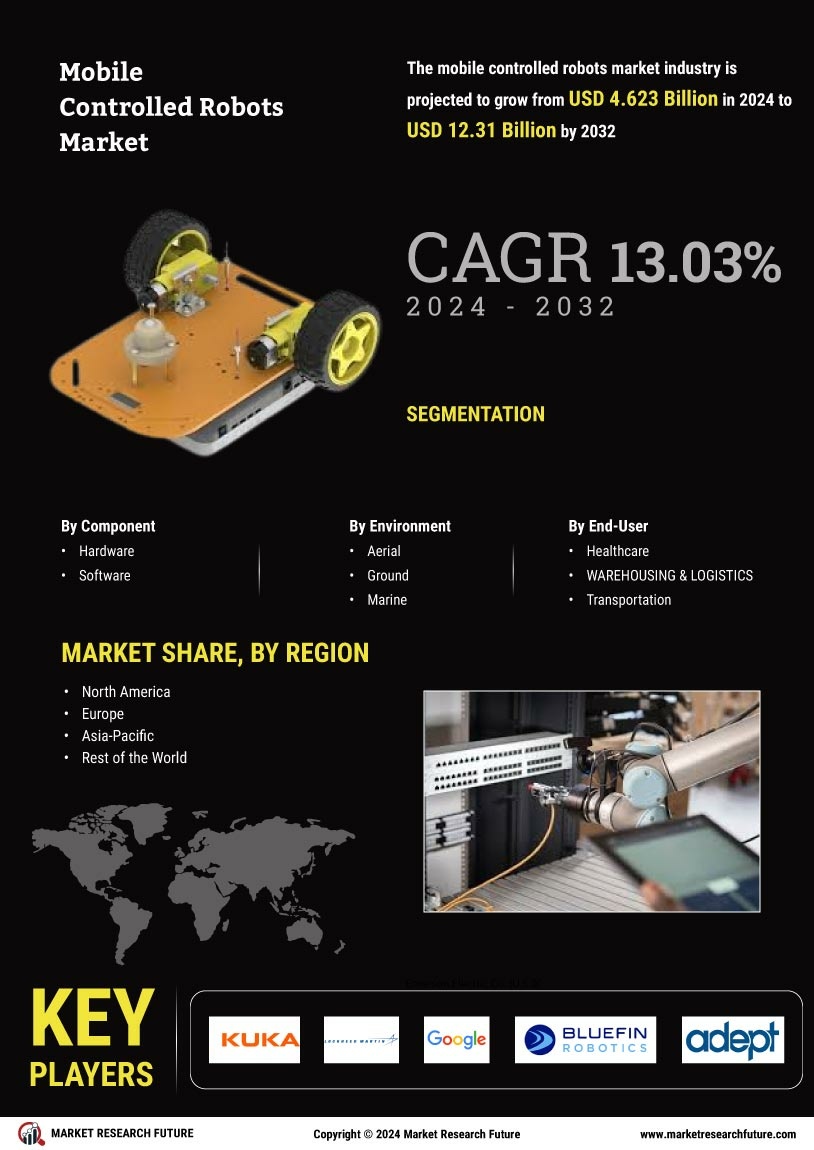
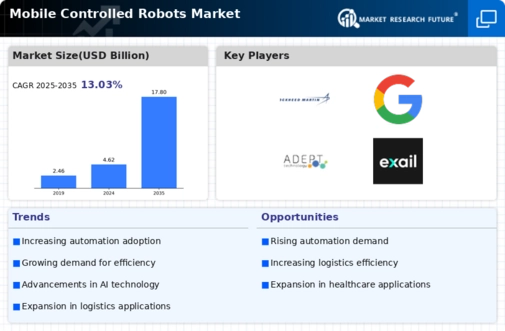
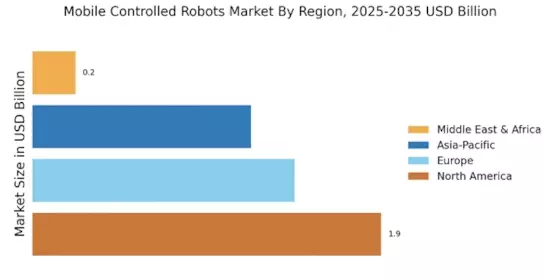


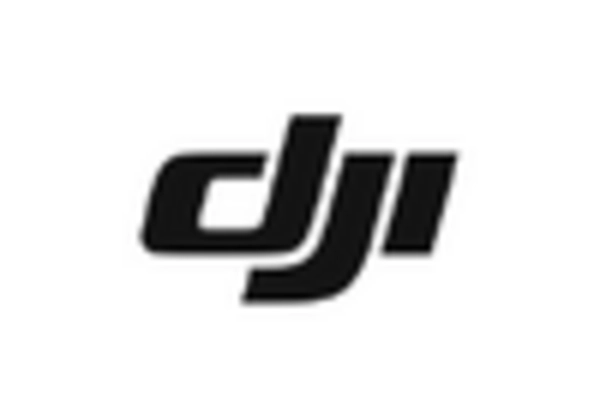

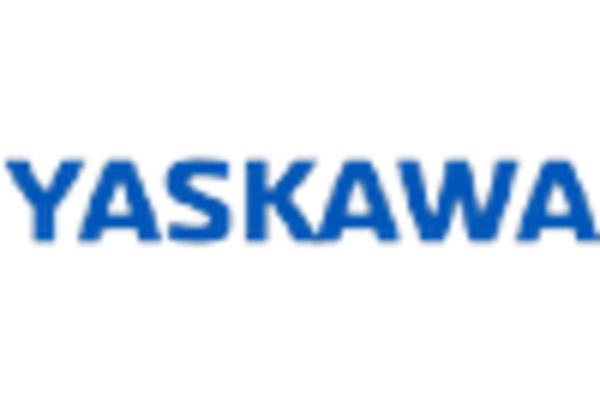
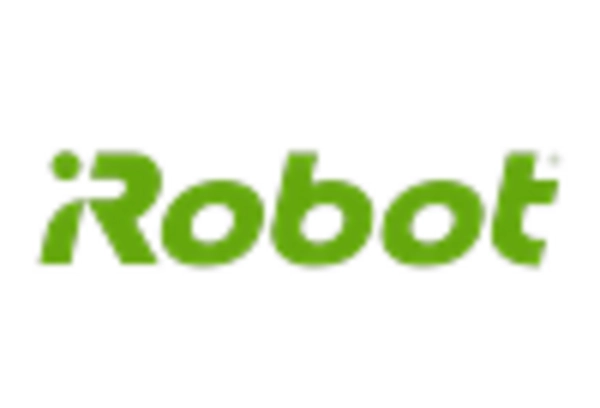








Leave a Comment